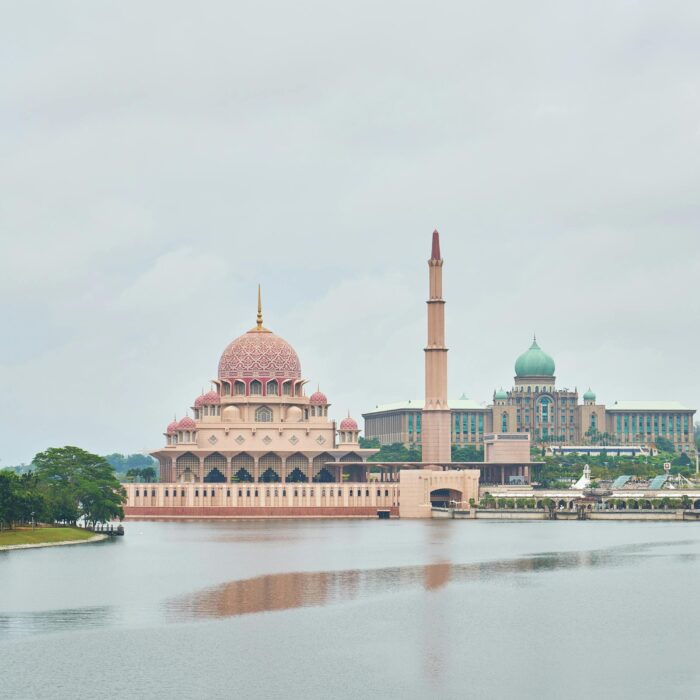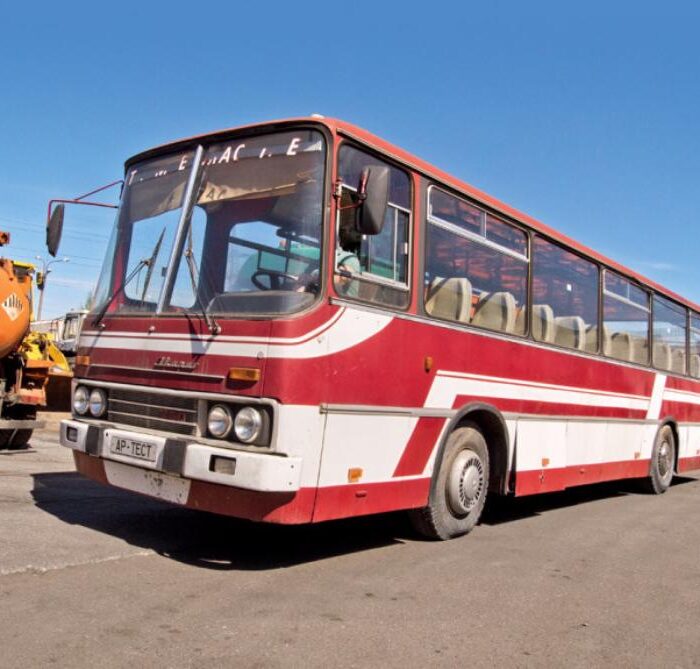Quick facts about Algeria:
- Population: Approximately 44 million people.
- Capital: Algiers.
- Largest City: Algiers.
- Official Languages: Arabic and Berber (Tamazight); French is also widely used.
- Currency: Algerian Dinar (DZD).
- Government: Unitary semi-presidential republic.
- Major Religion: Islam, predominantly Sunni.
- Geography: Located in North Africa, bordered by the Mediterranean Sea to the north, Tunisia and Libya to the east, Niger and Mali to the south, Mauritania, Western Sahara, and Morocco to the west.
Fact 1: Algeria is the largest country in Africa
Algeria holds the distinction of being the largest country in Africa by land area, covering approximately 2.38 million square kilometers (919,595 square miles). Its expansive territory spans diverse geographical features, including the vast Sahara Desert in the south, the Atlas Mountains in the north, and fertile coastal plains along the Mediterranean Sea.
Algeria’s sheer size ranks it as the tenth largest country globally, surpassing other notable nations in Africa such as the Democratic Republic of Congo and Sudan. This extensive landmass encompasses a range of climates and landscapes, from hot and arid desert conditions in the Sahara to more moderate temperatures in the mountainous regions.
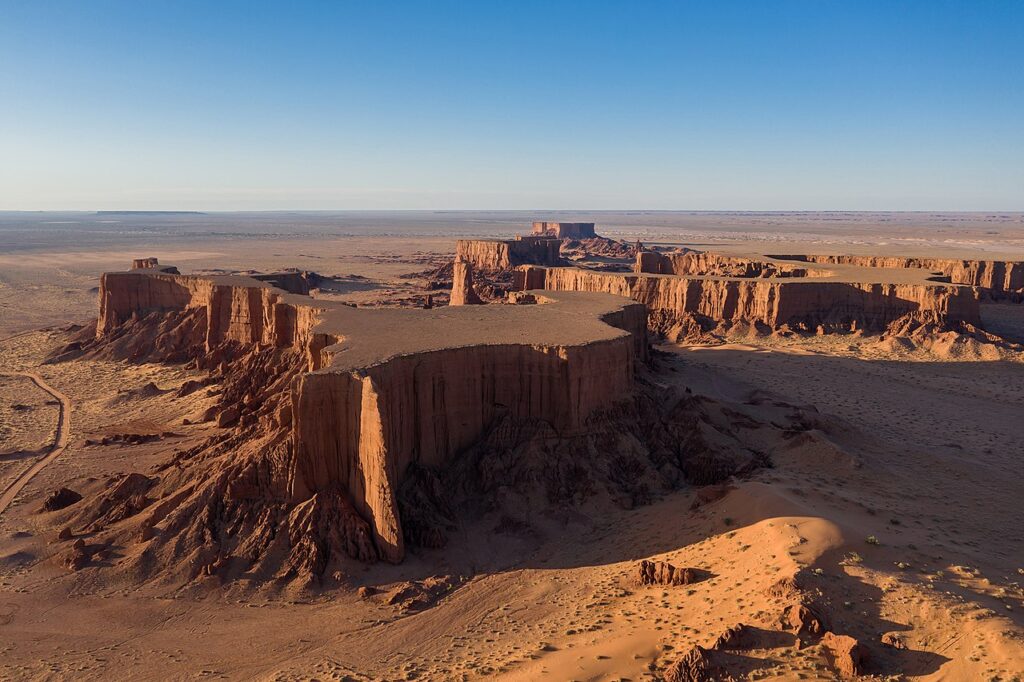
Fact 2: The territory of Algeria was ruled by many empires in the past
Throughout its history, the territory of present-day Algeria has been ruled by various empires and civilizations, each leaving a distinct mark on its cultural, political, and architectural landscape.
- Ancient Empires: The region was inhabited by Berber tribes and civilizations dating back to ancient times, including the Numidians and Carthaginians. Carthage, a powerful Phoenician city-state, exerted influence over coastal areas before its conflict with Rome.
- Roman Rule: Algeria became part of the Roman Empire in the 2nd century BCE, known as Numidia and later as part of the province of Africa. Roman influence left significant archaeological sites such as Timgad and Djemila, showcasing well-preserved Roman ruins and urban planning.
- Vandal and Byzantine Period: After the fall of the Western Roman Empire, Algeria came under the control of the Vandals and later the Byzantine Empire, which maintained control over coastal regions.
- Islamic Caliphates: In the 7th century CE, Arab-Muslim armies conquered Algeria, introducing Islam and establishing various Islamic dynasties such as the Umayyads, Abbasids, and Fatimids. Islamic rule transformed Algeria culturally and politically, with cities like Algiers becoming prominent centers of Islamic civilization.
- Ottoman and French Colonization: Algeria came under Ottoman rule in the 16th century, followed by French colonization in the 19th century. French rule lasted until Algeria gained independence in 1962 after a prolonged war of independence.
- Independent Algeria: Since gaining independence, Algeria has evolved politically and culturally, seeking to forge a modern national identity while preserving its rich historical heritage.
Fact 3: Algeria has 7 UNESCO World Heritage sites
Algeria boasts 7 UNESCO World Heritage sites, showcasing its rich cultural and historical heritage.
- Al Qal’a of Beni Hammad – Located in the Hodna Mountains, this site includes the ruins of the first capital of the Hammadid dynasty, dating from the 11th century. It features monumental remains that testify to the greatness of the medieval city.
- Djémila – Also known as Cuicul, Djémila is an ancient Roman city in the north-eastern part of Algeria. It preserves exceptional Roman ruins, including well-preserved forums, temples, basilicas, triumphal arches, and houses with beautiful mosaic floors.
- M’zab Valley – This cultural landscape is home to a cluster of five oasis towns (Ghardaïa, Beni Isguen, Bou Noura, El Atteuf, and Melika), inhabited since the 11th century. The towns are built using traditional methods and are adapted to the harsh desert environment.
- Tassili n’Ajjer – Located in the Sahara desert, Tassili n’Ajjer is known for its prehistoric rock art depicting ancient human activities, ranging from 12,000 BCE to 100 CE. The art includes scenes of hunting, dancing, and rituals, providing insights into early Saharan life.
- Timgad – Founded by Emperor Trajan around 100 AD, Timgad is a well-preserved Roman colonial town in the Aures Mountains. Its grid plan, typical of Roman urbanism, includes a forum, temples, amphitheater, and baths, showcasing Roman civic architecture.
- Tipasa – Situated on the coast of Algeria, Tipasa is an ancient Punic trading-post conquered by Rome and turned into a strategic base for the conquest of the kingdoms of Mauritania. It contains a unique ensemble of Phoenician, Roman, early Christian, and Byzantine ruins.
- Kasbah of Algiers – The Kasbah is a unique architectural example of a historic urban structure in Algiers, dating from the Ottoman period. It includes narrow streets, squares, mosques, and Ottoman palaces, providing insights into Algeria’s Ottoman past.
Note: If you plan to visit Algeria, check if you need an International Driver’s License in Algeria to rent and drive a car.

Fact 4: Most of the country is the Sahara Desert
Covering approximately 80% of the country’s total land area, the Sahara extends across vast stretches of Algeria’s southern and southeastern regions. This arid landscape is characterized by immense sand dunes, rocky plateaus, and sparse vegetation adapted to desert conditions.
The Sahara Desert in Algeria is not only notable for its size but also for its diverse geological formations and ancient cultural sites. It includes the Tassili n’Ajjer National Park, a UNESCO World Heritage site renowned for its prehistoric rock art and dramatic sandstone formations. The desert’s extreme climate and terrain present significant challenges for human habitation, with most settlements clustered around oases and along the northern coastal strip where more favorable conditions prevail.
Fact 5: National animal of Algeria is the Fennec fox
The national animal of Algeria is the Fennec fox (Vulpes zerda), a small nocturnal fox species adapted to desert environments. Known for its distinctive large ears that help dissipate heat and keen senses, the Fennec fox is uniquely suited to survive in the harsh conditions of the Sahara Desert, which covers much of Algeria’s territory.
These foxes are known for their sandy-colored fur, which camouflages them against the desert sands, and they primarily feed on small rodents, insects, and plants. Their ability to withstand high temperatures and conserve water makes them an iconic symbol of Algeria’s desert ecology and resilience in challenging environments.
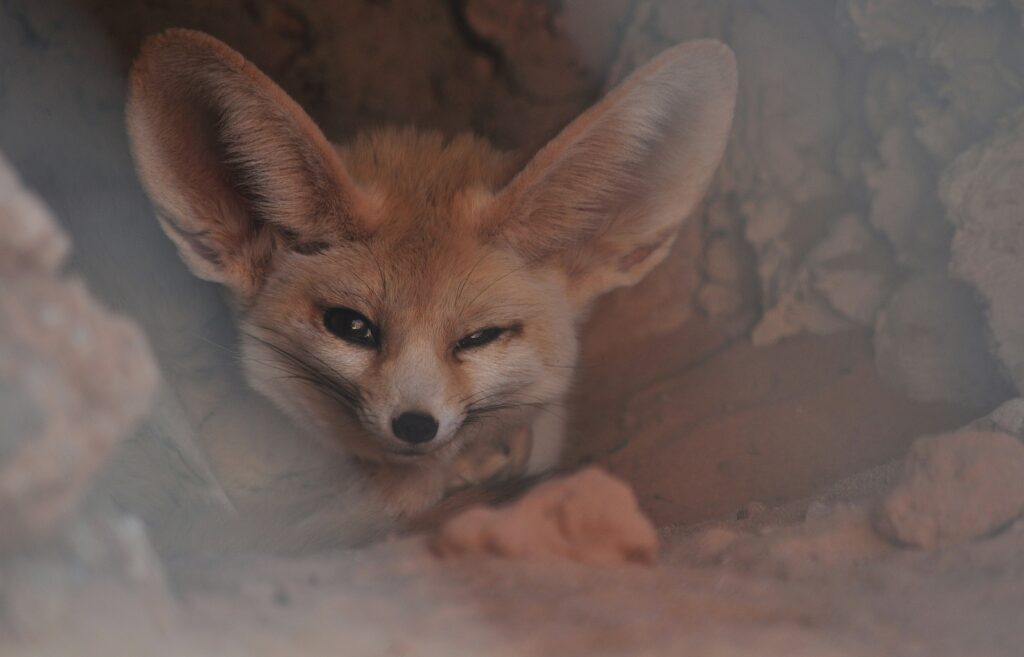
Fact 6: Algeria has large oil and gas reserves
Algeria possesses significant reserves of both oil and natural gas, which play a crucial role in its economy and global energy markets. Here are some key facts about Algeria’s oil and gas reserves:
- Oil Reserves: Algeria is Africa’s third-largest oil producer and holds substantial proven oil reserves. As of recent estimates, Algeria’s proven oil reserves are around 12.2 billion barrels. The country’s oil production has historically been centered around the Hassi Messaoud oil field, one of the largest in Africa.
- Natural Gas Reserves: Algeria is a major player in the global natural gas market, ranking among the top exporters of liquefied natural gas (LNG). The country boasts significant proven natural gas reserves, estimated at around 4.5 trillion cubic meters. Key natural gas fields include Hassi R’Mel, In Salah, and Gassi Touil.
- Economic Importance: Oil and gas exports constitute the backbone of Algeria’s economy, accounting for a substantial portion of government revenue and export earnings. The country’s energy sector has attracted significant foreign investment and plays a pivotal role in its economic development.
Fact 7: Algeria is famous for its dates
Algeria holds a significant reputation for its production of dates, which are not only a staple in Algerian cuisine but also a key agricultural export. The country’s vast date palm groves, particularly in the northern Sahara Desert and other suitable regions, yield a wide variety of dates known for their rich flavors and nutritional value. Among these, Deglet Nour, Medjool, and Ghars are particularly renowned for their quality and taste.
Culturally, dates hold a special place in Algerian traditions. They are commonly used in preparing local dishes and desserts, showcasing their versatility and importance in everyday culinary practices. Moreover, dates play a significant role in social and religious contexts, often served as a gesture of hospitality during gatherings and festivities.

Fact 8: Algerians drink a lot of tea
Algerians have a strong tradition of consuming tea throughout the day, with mint tea being the most popular variety. This traditional tea, known locally as “atay b’nana” or simply “atay,” is made by steeping green tea leaves with fresh mint leaves and generous amounts of sugar in boiling water.
Tea-drinking in Algeria goes beyond mere refreshment; it is a cultural practice that fosters community bonding and hospitality. Serving tea is a gesture of warmth and welcome in Algerian households, offered to guests as a sign of respect and friendship. It is often accompanied by conversation, snacks like dates or pastries, and sometimes even a smoke from a traditional water pipe (shisha or hookah).
Beyond its social significance, tea also plays a role in religious and ceremonial contexts. During Ramadan, the month of fasting, tea is particularly cherished as a means to break the fast at sunset (iftar).
Fact 9: Algerians love soccer
Algeria’s love for soccer is evident in the fervor surrounding local matches, international competitions, and major tournaments like the Africa Cup of Nations and the FIFA World Cup. Matches featuring the Algerian national team, known as the Desert Foxes, evoke national pride and solidarity, drawing massive support from fans who follow their journey with unwavering dedication.
The sport’s influence extends beyond the field, shaping social interactions, discussions, and even political discourse at times. Algerians gather in cafes, homes, and public squares to watch games together, celebrating victories and commiserating defeats as a collective experience.
Algeria has produced talented players who have made their mark in domestic leagues and international clubs, further fueling the nation’s passion for soccer. These athletes serve as role models and sources of inspiration for aspiring young players across the country.
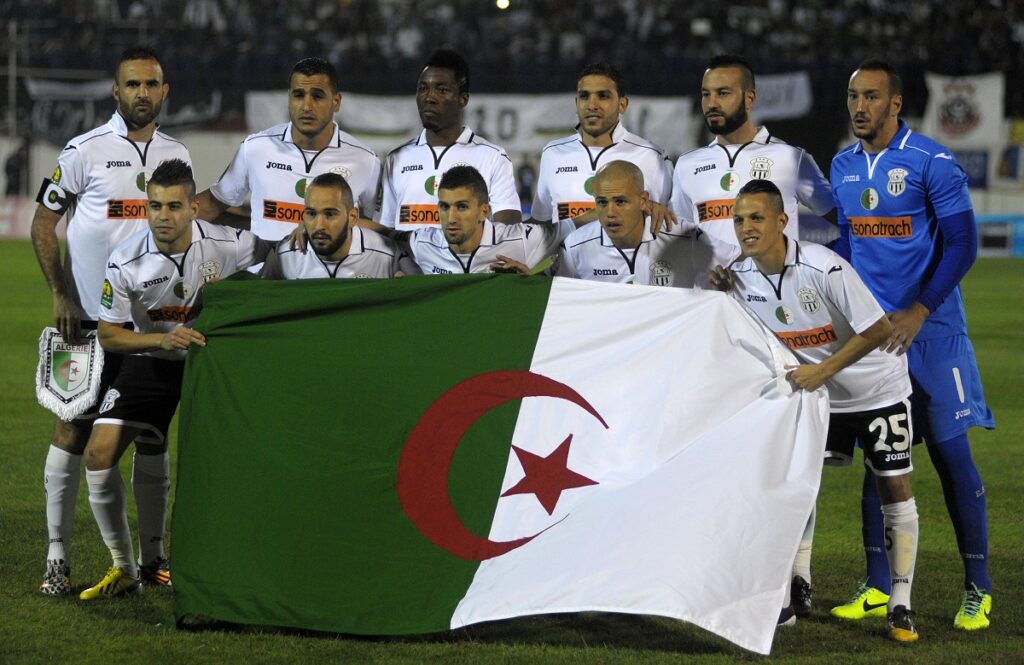
Fact 10: Algeria is the second malaria-free country in Africa
Algeria’s success in eliminating malaria can be attributed to several factors. Robust public health initiatives, including widespread distribution of insecticide-treated mosquito nets, indoor residual spraying programs, and effective case management, played crucial roles in reducing malaria transmission. The country’s strong healthcare infrastructure, supported by governmental and international partnerships, facilitated rapid diagnosis and treatment of malaria cases, contributing to the overall decline in malaria incidence.

Published June 29, 2024 • 9m to read


